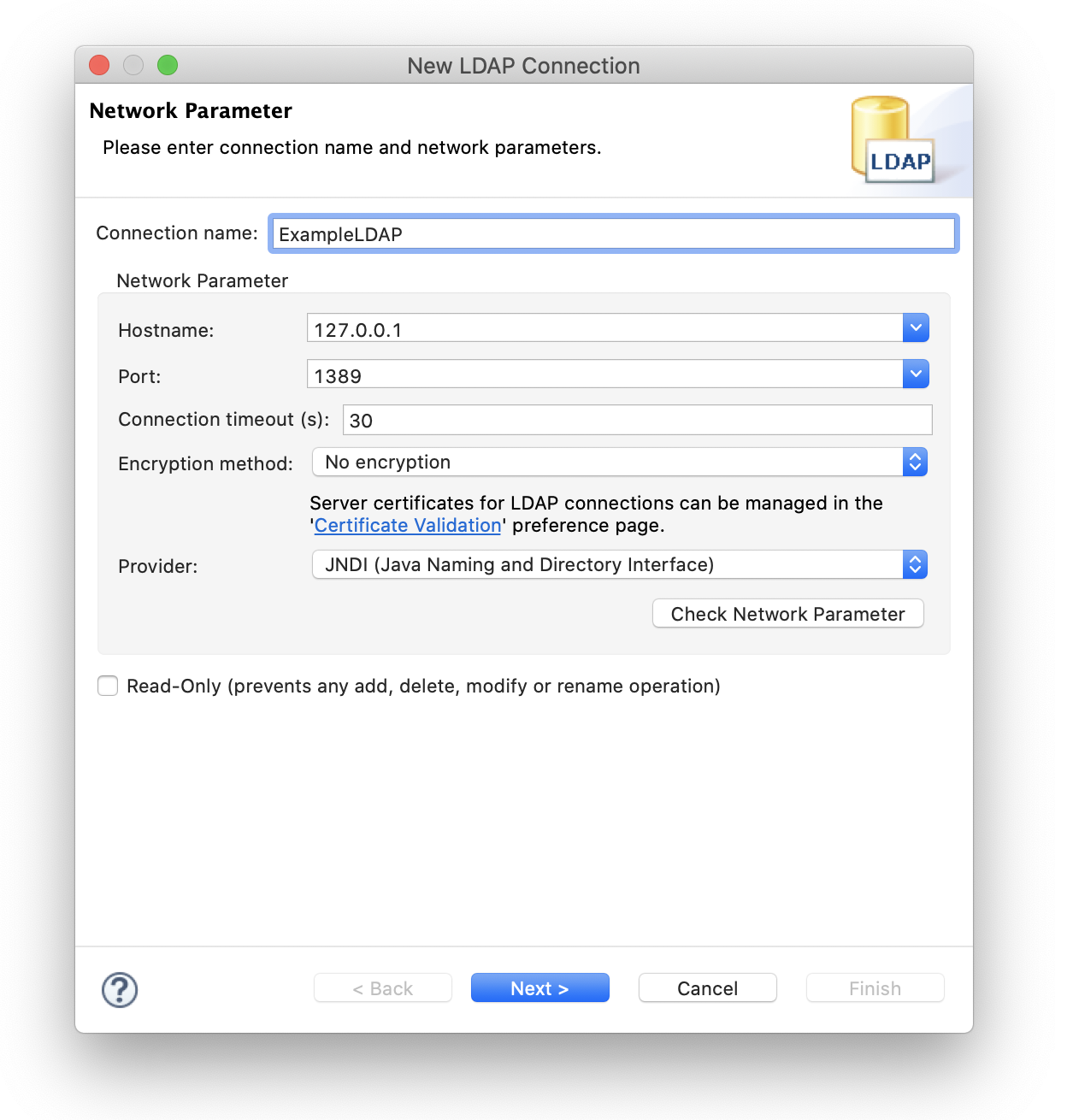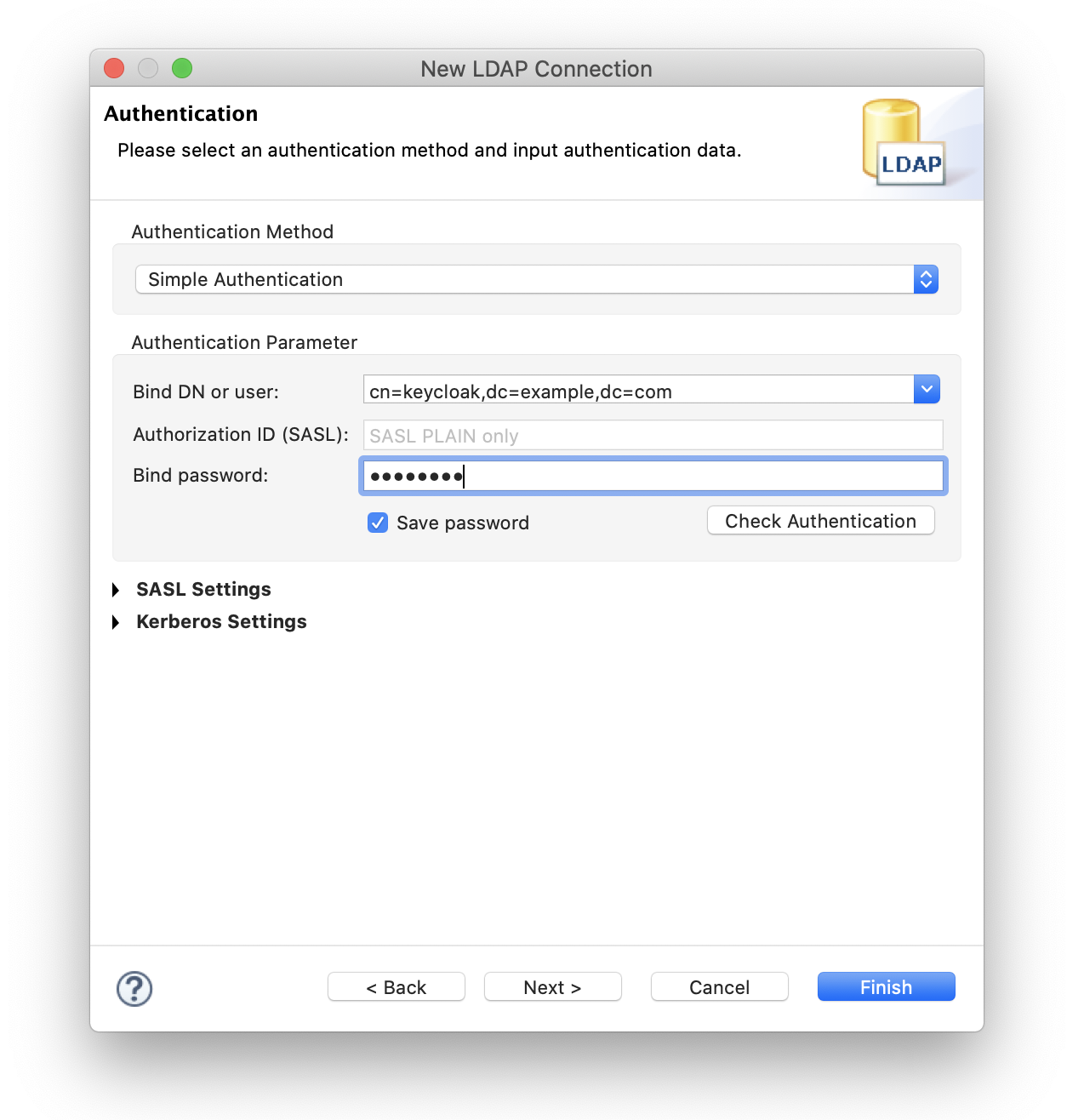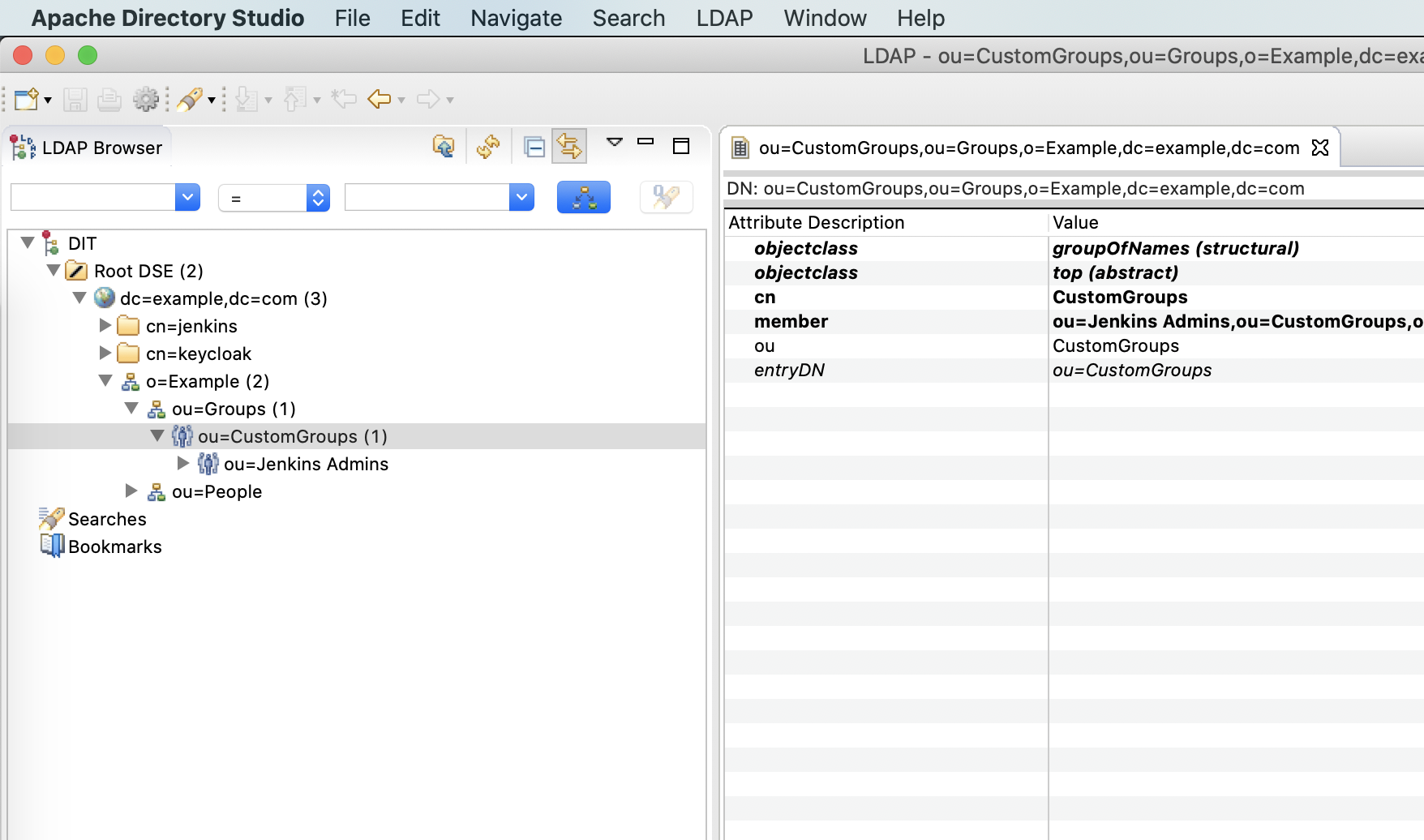README
Virtual-LDAP
Virtual-LDAP is a service used to bridge any other account services to the LDAP protocol. With Virtual-LDAP, you can use existing account services (such as DingTalk) as an authorization service for many open source projects.
Virtual-LDAP has a provider architecture, so you can extend it with a custom provider to support any other account service, such as a database-based account service.
Virtual-LDAP is not a complete implementation of LDAP and currently only supports partial binding, search, and modification requests. All directory groups and users will be obtained from the provider.
The database used for Virtual-LDAP is used to store user passwords. Passwords will be hashed using SHA256 plus a salt value.
Configuration
Virtual-LDAP using JavaScript to configure all settings, include DN, admins, database, provider and custom groups.
For every configuration items, see example config file below.
module.exports = {
ldap: {
// LDAP serve port, it is a insecure port, please connect with ldap://
listenPort: 1389,
// Base DN will be o=Example,dc=example,dc=com
// Groups base DN will be ou=Groups,o=Example,dc=example,dc=com
// Users base DN will be ou=People,o=Example,dc=example,dc=com
rootDN: 'dc=example,dc=com',
organization: 'Example',
// Admins who can search or modify directory
admins: [
{
// Bind DN will be cn=keycloak,dc=example,dc=com
commonName: 'keycloak',
password: 'keycloak',
// Can this admin modify user's password
canModifyEntry: true,
},
{
commonName: 'jenkins',
password: 'jenkins',
canModifyEntry: false,
},
]
},
// Database for storing users' password
database: {
type: 'mysql',
host: '127.0.0.1',
port: '23306',
user: 'root',
password: '123456',
database: 'vldap',
},
// Provider for providen account service
provider: {
name: 'dingtalk',
appKey: '__APPKEY__',
appSecret: '__APPSECRET__',
},
// Custom groups, base DN will be ou=CustomGroups,ou=Groups,o=Example,dc=example,dc=com
customGroups: [
{
// DN will be ou=Jenkins Admins,ou=CustomGroups,ou=Groups,o=Example,dc=example,dc=com
name: 'Jenkins Admins',
// User with these mails will be added to the group
members: [ 'jenkins@example.com' ],
}
]
}
LDAP DN
For Virtual-LDAP using the above configuration file, the commonly used DNs are as follows.
Root DN
dc=example,dc=com
Search Directory Bind DN
cn=keycloak,dc=example,dc=com
Groups Base DN
ou=Groups,o=Example,dc=example,dc=com
Users Base DN
ou=People,o=Example,dc=example,dc=com
Custom Groups Base DN
ou=CustomGroups,ou=Groups,o=Example,dc=example,dc=com
Jenkins Admins DN
ou=Jenkins Admins,ou=CustomGroups,ou=Groups,o=Example,dc=example,dc=com
Typical User DN
mail=user@example.com,ou=People,o=Example,dc=example,dc=com
Run Virtual-LDAP
Virtual-LDAP can run from source or run as a service in another project.
Run from source
git clone https://github.com/ohdarling/virtual-ldap
cd virtual-ldap
npm start
Run as a service
const server = require('virtual-ldap');
server.setupVirtualLDAPServer(require("./config"));
server.runVirtualLDAPServer();
Testing with ApacheDirectoryStudio



License
MIT License